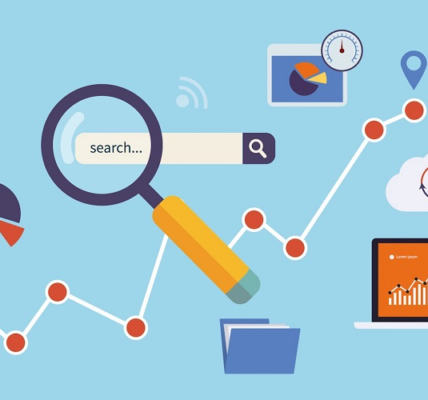Effective communication is crucial for enhancing workplace productivity in any business environment. Two primary tools used in this context are enterprise instant messaging and email.
Since the dawn of the Internet, emails have been a standard communication tool for the corporate world. But with the rise of new technologies, convenient instruments like enterprise messaging make it confusing for beginners to choose which one is better. So the question stands: Which is better for workplace productivity?
Instant Messaging
Instant messaging platforms have revolutionized the way teams communicate by offering near-immediate responses. This speed can reduce the time spent on communication compared to traditional email methods, often by up to 30%.
Additionally, instant messaging fosters real-time collaboration among team members, which can increase engagement levels by about 30%. Features such as screen sharing enhance tech support and feedback processes, making it easier for teams to work together seamlessly.
However, instant messaging also has some drawbacks. Frequent notifications can be distracting if not managed properly, potentially decreasing productivity if employees spend too much time checking messages rather than focusing on tasks. Furthermore, while beneficial for quick discussions or informal communications within a team or department, IM may lack the formality needed for certain types of business communications.
Email remains a cornerstone of formal business communication due to its structured approach and ability to serve as a permanent record of conversations. It is ideal for formal messages or when documentation is required—such as contracts or official announcements—where clarity and professionalism are paramount.
Despite these advantages, email comes with its own set of challenges that impact workplace productivity negatively. Employees typically spend about 28% of their workweek managing emails—a significant portion that could be dedicated to more productive tasks if optimized effectively. Moreover, cluttered inboxes filled with spam emails further hinder efficiency by wasting valuable time sorting through irrelevant messages.
The Verdict
When comparing instant messaging with email in terms of speed alone, IM clearly offers faster response times due to its real-time nature compared to the delayed responses often associated with email exchanges. In terms of collaboration tools available within each platform—features like group chats in IM facilitate simultaneous interaction among multiple parties. Emails tend towards sequential interactions, where each participant responds individually after receiving an update from another party involved in a conversation thread.
The choice between these platforms should ideally be based on specific business needs. However, if you’re looking for a fast and convenient response, instant messaging is the way to go! With so many enterprise instant messaging solutions out there, you and your company are bound to find the messaging solution that meets your needs.











